Science has been considered a purely objective field of study that has produced research to cure diseases, map out the anatomies of living things and explore our planet and the universe. But UC Berkeley Bioengineering Professor Aaron Streets says it is important for those who conduct that research “to represent the full diversity of human genetic variation.”
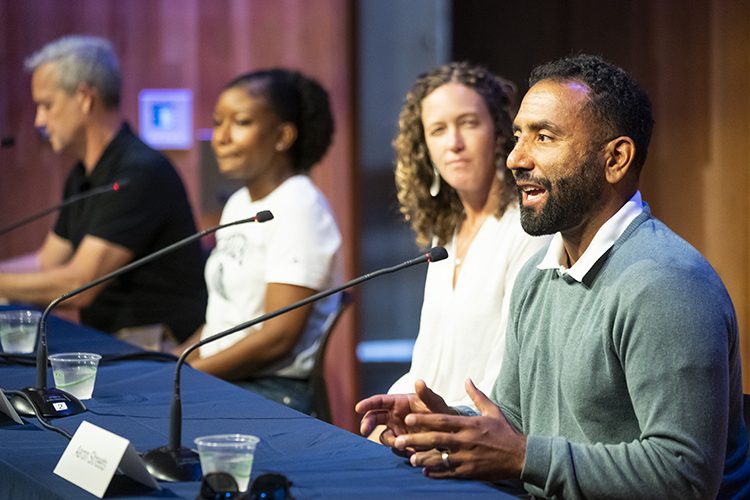
And while equity and justice are important, he said, it goes beyond that.
“Scientific research runs the risk of not comprehensively addressing the broad range of public need if our scientists only represent a narrow range of genotypes,” said Streets, whose bioengineering lab on campus conducts research on microscopy, microfluidics and single-cell genomics. “It matters who is doing the science.”
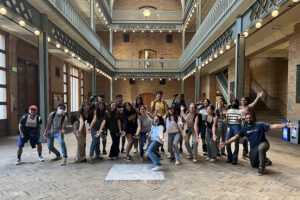
Streets was recently honored with Berkeley’s 2023 Chancellor’s Award for Advancing Institutional Equity and Excellence. While certain states around the country are currently moving to eliminate public education funding for various diversity, equity and inclusion programs — efforts led by politicians who devalue the importance of that work and research — Streets has been a tireless advocate for increasing diversity in STEM.
Through his Next Generation Faculty Symposium — a joint initiative between Berkeley, Stanford University and UC San Francisco that aims to diversify faculty recruitment pools at universities — Streets has given STEM postdoctoral candidates from underrepresented communities an opportunity to showcase their work and research to the masses.
And Streets’ Bioengineering Scholars Program has introduced first-year undergraduates — many from historically underrepresented groups — to STEM research through a mentoring program focused on recruitment and support.
Berkeley News spoke with Streets recently about why Berkeley has become an ideal place for DEI work, how diversity can help bring new and necessary perspectives to STEM research and academia, and the intersection of his two passions, art and science.
Berkeley News: As an undergraduate student at UCLA, you majored in physics, but also minored in art. Do you think art and science intersect in their pursuits?
Aaron Streets: I always saw physics and art as seeking to address the same question: How does the universe work?
Physics tries to address that question not through the lens of the viewer, but through an omniscient objective lens. The laws of physics work the same in outer space as they do here on Earth, and they don’t depend on who is doing the science.
But it is intrinsic to art who the observer is. Art attempts to understand the universe fundamentally through the lens of the human experience. Additionally, art is sometimes very much about the historical and sociopolitical landscape, and thus its meaning is very much informed by the viewer.
Everybody’s physics is the same, but everybody’s art is different. They relate to each other because their endeavor is the same: trying to make sense of the world around us.
As researchers in STEM, we can find inspiration and new ways to think about concepts from the various perspectives that different types of art can give us.
That’s a fascinating connection. In that sense, how important is it to have different perspectives, from people from diverse backgrounds, when working toward answering these very complex scientific questions? How important is diversity in STEM?
It is important for research that involves humans to be conducted by scientists who represent the diversity of the human genome, because it matters who is doing the science.
When it comes to medicine, we tend to study things that we care about. We tend to study things that our community cares about. We tend to study things that our funding agencies and our government cares about.
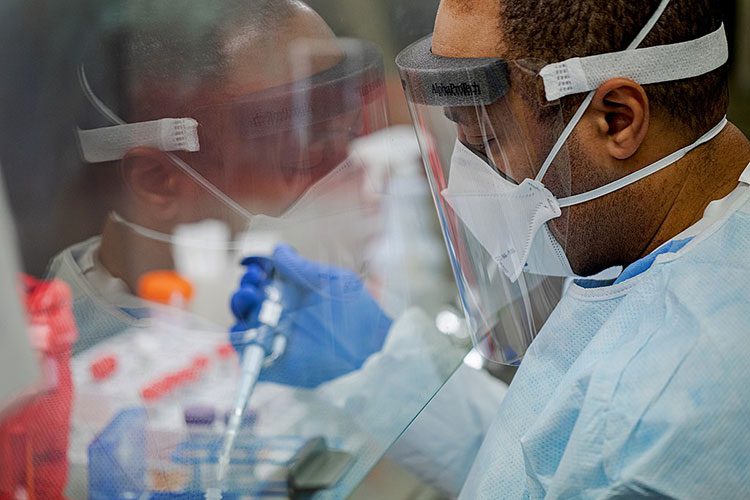
If researchers represent only a narrow composition of genotypes, then the things that those biologists and those doctors care about might only be applicable to a narrow range of stakeholders. Historically, we have seen researchers focus solely on demographics that reflect their own genotypes.
But as we get more into the age of genomics, personalized medicine and rare diseases, there are potentially blind spots to that approach.
What are those blind spots, and how do they impact society as a whole?
Scientific experts, like biologists and bioengineers, are people that the government looks to for policy decisions and decisions about epidemiological responses, for example. We saw that especially during the COVID-19 pandemic.
If they’re looking to our STEM academic community as experts to guide policy decisions, it’s important that we collectively understand the implications of those policy decisions in different ethnic and socioeconomic communities.
Another example is if we’re trying to understand the relationship between one’s genome and the likelihood of getting a disease, and we’re only studying one sliver of genotype — one ethnicity, one type of ancestry — then we’re only going to understand the relationship between the disease and that specific group of people.
Going even further, if we come up with a drug or therapeutic approach to that disease, and we test the efficacy of that intervention on a homogeneous sample of human genomes, our data might not apply to a broader population. That is a huge blind spot, because we won’t know the implications for people with different genotypes or from different ethnic groups or different lifestyle behaviors and diets.
Our research is incomplete if our subjects aren’t diverse. And, oftentimes, it takes a researcher from those underrepresented groups in STEM to point this out.
But should people of color have the onus of responsibility to diversify STEM? How does that impact equity when that is the case?
That is a very good point. In the same way that it’s our responsibility as professors to come up with new and more effective ways to teach, it’s also everyone’s responsibility to diversify our own fields of study, our classrooms and our labs. That work helps us come up with new ideas that might advance biotechnology and other scientific fields.
But being a good teacher takes work. Being a good researcher takes work. Being a good campus citizen and faculty member takes work.
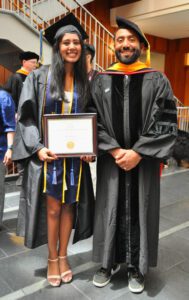
If thinking about how to improve the campus when it comes to diversity also takes work, then it would perpetuate that lack of diversity if only people who fit into those underrepresented groups do that work.
We all have the same amount of time in the day. If we want to have a more diverse and effective STEM community, then it is important that everybody chips in.
It impacts equity when a lot of the work that’s done on campus around these kinds of diversity initiatives is done by Ph.D. students, fellows and faculty from those underrepresented groups.
But while equity and justice are important, it goes beyond that.
In order to have better science, better science policies, and better science communication and trust with the public — in order to have all of that, science needs to be diverse.
How can people support this work?
This type of work needs funding.
We have had generous supporters for our Bioengineering Scholars Program, including from individual philanthropists and industry partners who have been collaborative and supportive in our pursuits to provide first-year students — most of whom are from historically underrepresented groups, low-income families, or are first-generation college students — with research opportunities that help them develop a real identity as a scientist, or as a bioengineer.
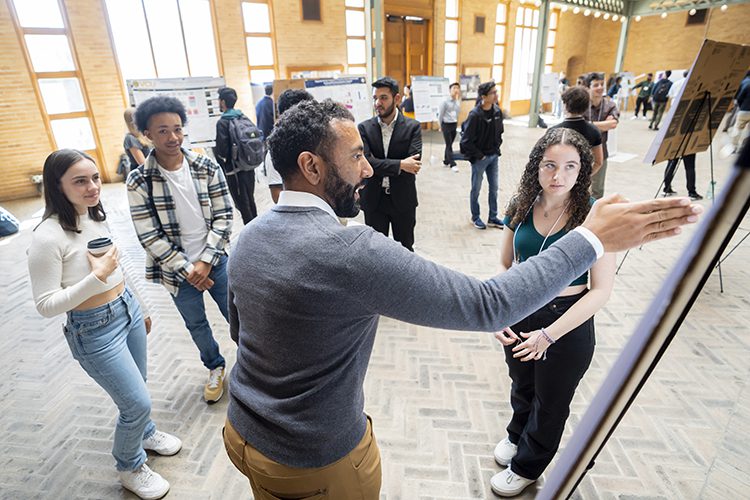
It is important for students to see themselves as a scientist, as opposed to just studying science. And we see success and retention of these students in STEM fields when they are able to envision themselves in this way.
For donors looking to help diversify STEM, I would tell them to find a program or initiative that aligns with their goals — and invest in them.
You’ve been teaching at Berkeley since 2016, but you grew up in the Berkeley area, is that right?
Yes, my parents met as graduate students at Berkeley and settled down here. I grew up in Berkeley, just a few blocks from Cal, and was on campus a lot. It was like a big playground for me as a kid. I would go to Harmon Gym for summer basketball camp, and loved to visit the different libraries on campus.
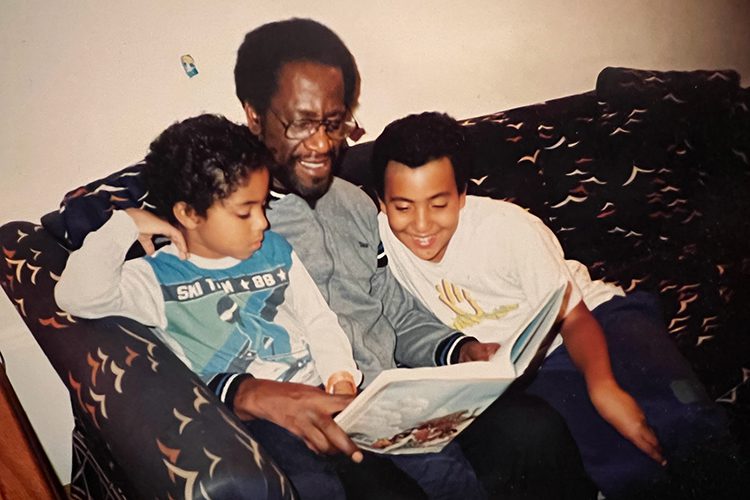
My parents were students here during the Free Speech Movement. And my dad’s 1976 Ph.D. dissertation, “Economic Ethnicity: implications for educational and metropolitan policy and planning,” can still be found in the stacks of the Doe Memorial Library. So, being at Berkeley made me very cognizant of what was possible in higher education, and the power students and faculty had to make a difference.
I’m a lifelong Bears fan, and my parents actually saw “The Play,” when Cal beat Stanford in the Big Game in 1982.
I did end up going to college at UCLA, and grad school at Stanford, but I made my way back here.
As an educator, why is Berkeley the ideal place to do this work?
The ethos of a public university aligns with the notion that my role is to serve the public. I love research and thinking about the human genome and how to build new devices that understand our cells and read our genome. And there are research institutions and biotech companies where I could also do that work.
But I enjoy teaching, I enjoy communicating science, and at Berkeley I feel like I’m uniquely positioned to maximize that impact.
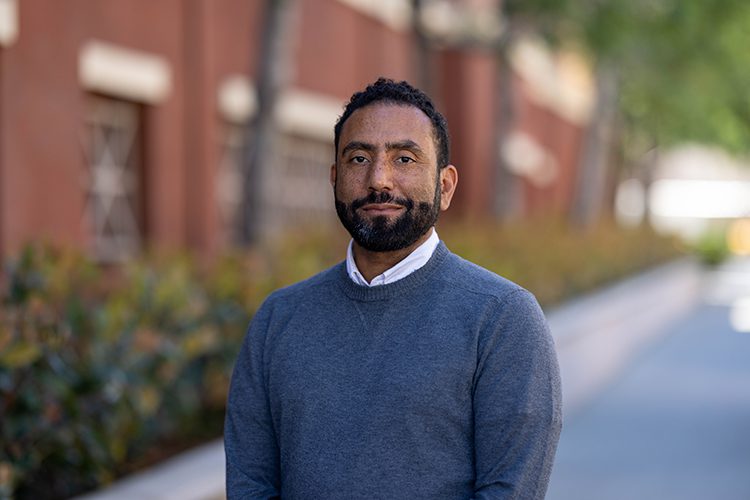
As the best public university in the country, at Berkeley you have a podium that you can stand on, and people will listen. You have people before you that have done really great things, and people after you that are going to do great things.
It makes it easier to do that work here.
As a university, our primary product is not only our research, but our students. They may be the most valuable resource the university produces. And I get the most joy out of seeing my students succeed, because when they have success, that means the research, the mentoring and the teaching was done well.
And it is done well when we serve and support not just one group of people on campus, but everybody.